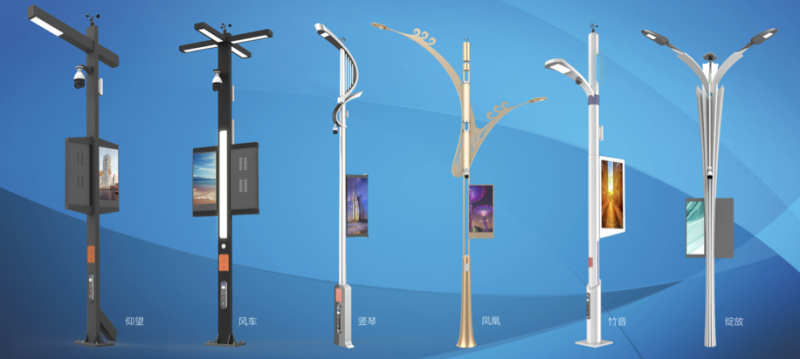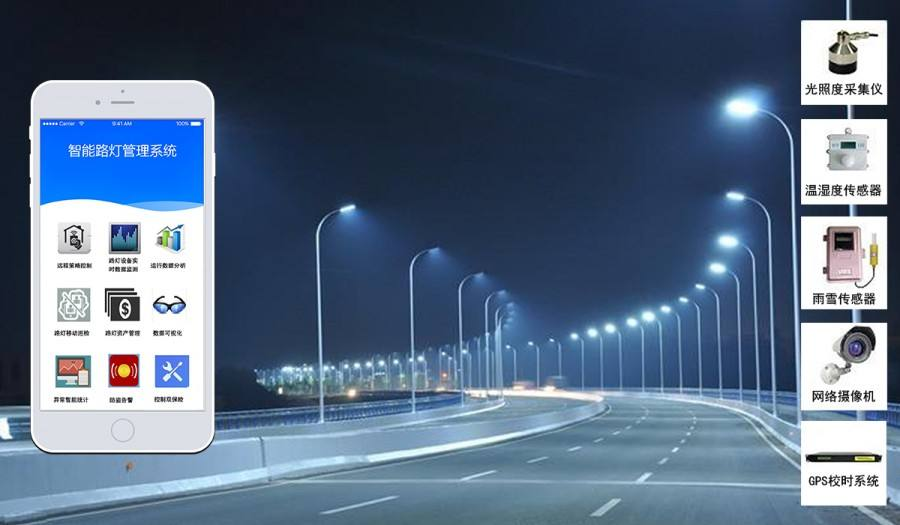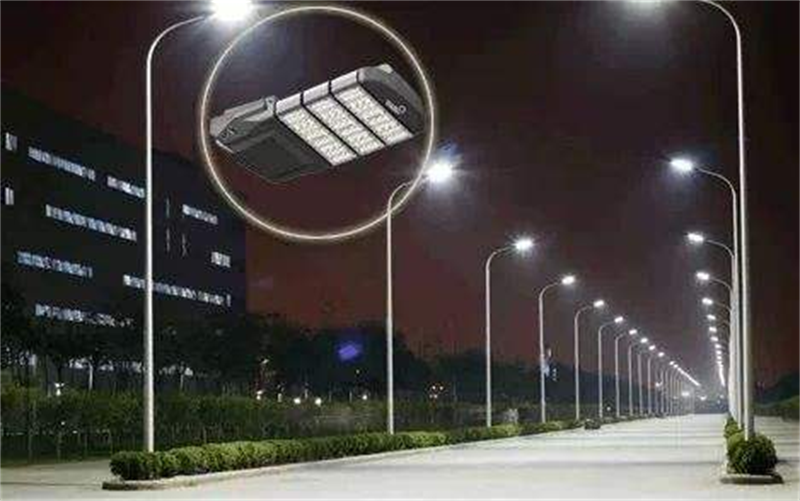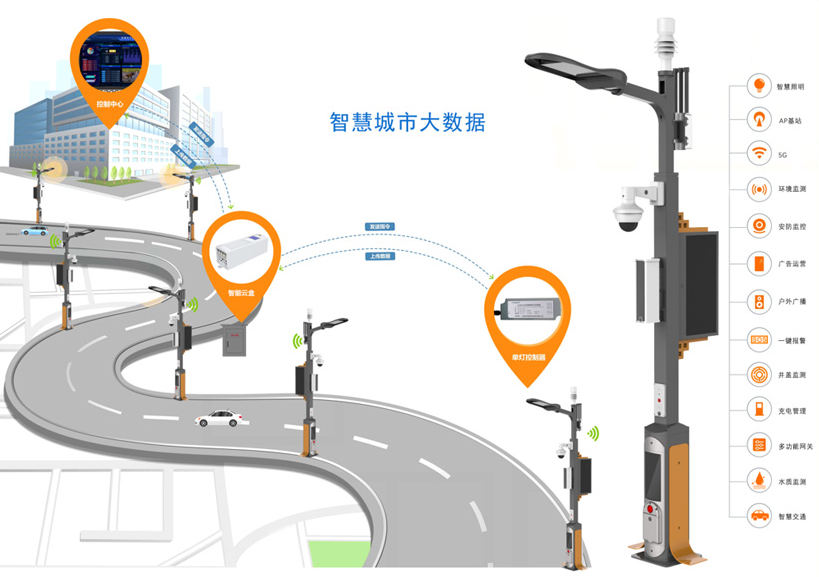With the introduction of the smart city concept, smart street lamps have gradually attracted attention, and outdoor lighting solutions with intelligent management have become a hot spot in street lamp management. Smart street lights carry the wishes of city safety, energy saving and efficient operation and maintenance management, and have gone through more than 7 years of development. The intelligent street lamp adopts the B/S architecture system and is directly accessed through the network. The centralized controller adopts a modular design, supports independent loop control, supports the expansion of the single-lamp controller function, and further refines the management and control of street lamps.
Market pain points

1. Manual, light control, clock control: easily affected by seasons, weather, natural environment and human factors. It is often not on when it should be bright, and when it should be off, it will not be off, causing energy waste and financial burden.
2. It is not possible to remotely modify the switching time of the lights: it is not possible to adjust the time and modify the switching time according to the actual situation (weather sudden change, major events, festivals), nor can the LED light be dimmed, and the secondary energy saving cannot be achieved.
3. No street lamp status monitoring: The basis for failures mainly comes from patrol personnel reports and citizens' complaints, lacking initiative, timeliness and reliability, and unable to monitor the running status of street lamps in the city in real time, accurately and comprehensively.
4. Ordinary manual inspection: The management department lacks the ability of unified dispatching, and can only adjust one by one power distribution cabinet, which not only takes time and effort, but also increases the possibility of human misoperation.
5. The equipment is easy to lose and the fault cannot be located: it is impossible to accurately find the stolen cable, the stolen lamp cap and the open circuit. Once the above situation occurs, it will bring huge economic losses and affect the normal life and travel safety of citizens.
Smart street lamp application technology
At present, the interconnection technologies used in smart street lamps mainly include PLC, ZigBee, SigFox, LoRa, etc. These technologies cannot meet the "interconnection" needs of street lamps distributed everywhere, which is one of the key reasons why smart street lamps have not yet been deployed on a large scale.
First, technologies such as PLC, ZigBee, SigFox, and LoRa need to build their own networks, involving surveys, planning, transportation, installation, commissioning, and optimization, and they need to be maintained after they are built, so they are inconvenient and inefficient to use.
Second, the networks deployed using technologies such as PLC, ZigBee, SigFox, LoRa, etc. have poor coverage, are susceptible to interference, and have unreliable signals, resulting in low access success rates or connection drops, such as: ZigBee, SigFox, LoRa, etc., use authorization-free The frequency spectrum, the same frequency interference is large, the signal is very unreliable, and the transmission power is limited, and the coverage is also poor; and PLC power line carrier often has more harmonics, and the signal attenuates quickly, which makes the PLC signal unstable and poor reliability.
Third, these technologies are either old and need to be replaced, or they are proprietary technologies with poor openness. For example, although PLC is an earlier Internet of Things technology, there are technical bottlenecks that are difficult to break through. For example, it is difficult to cross the power distribution cabinet to expand the control range of the centralized controller, so the technological evolution is also limited; ZigBee, SigFox, LoRa Most of them are private protocols and are subject to many restrictions on standard openness; although 2G (GPRS) is a mobile communication public network, it is currently in the process of withdrawing from the network.

Smart street lamp solution
The smart street lamp solution is a kind of IoT smart product that integrates various information equipment technology innovation composite applications. It faces the actual needs of urban applications, uses various communication methods such as NB-IoT, 2G/3G/4G, LORA, and optical fiber for different application environments and customer needs, and comprehensively uses information methods on street light poles to establish access specifications , Unify all hardware layer interfaces, realize intelligent control of street lighting, real-time monitoring of urban environment, wireless WiFi base station, video monitoring management, information broadcast control system, and access to various sensing facilities, and lay a good foundation for the implementation of other smart city projects Basically, effectively solve the problem of urban resource integration. Make city construction more scientific, management more efficient, service more convenient, and give full play to the skeletal role of street lights in smart cities.
Solution highlights

NB-IoT evolved from 4G. It is an Internet of Things technology designed for large-scale connection. It allows street lights to be connected anytime and anywhere, and quickly realizes large-scale "interconnection". The main value is reflected in: no self-built network, no self-maintenance ; High reliability; global uniform standards, and support for smooth evolution to 5G.
1. Free of self-built network and self-maintenance: Compared with PLC/ZigBee/Sigfox/LoRa's "distributed self-built network" method, NB-IoT smart street lights use the operator network, and the street lights are plug-and-play and pass "one hop" The data is transmitted to the street lamp management cloud platform in a way. As the operator’s network is used, subsequent maintenance costs are eliminated, and the network coverage quality and optimization are also the responsibility of the telecom operator.
2. Visual management, online street lamp inspection, and the GIS-based visual management of the unexplained fault prophet solution, one person can manage thousands of street lamps in multiple blocks, the number of street lamps in each block, street lamp status, installation location, and installation Time and other information are clear at a glance.
3. High reliability: Due to the use of authorized spectrum, it has strong anti-interference ability. Compared with the 85% online connection rate of ZigBee/Sigfox/LoRa, NB-IoT can guarantee a 99.9% access success rate, so it is reliable Higher sex.
4. Multi-level intelligent control, multi-level protection, and more reliable
Traditional street lights generally adopt a centralized control method, and it is impossible to accurately control a single street light. Multi-level intelligent control reduces the dependence of street lights on the control network to the greatest extent.
5. Multi-level openness, drawing up a blueprint for a smart city
The underlying control chip can be developed based on the open-source lightweight operating system Liteos, and devices from different manufacturers can interact; realize all-round linkage with intelligent transportation, environmental monitoring, and urban governance, and provide first-hand big data for municipal management.

Post time: Jun-16-2021

